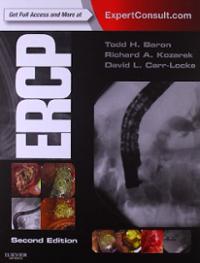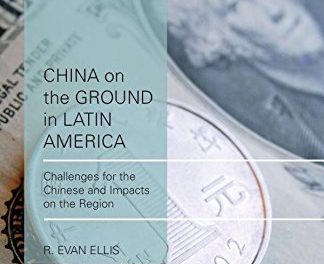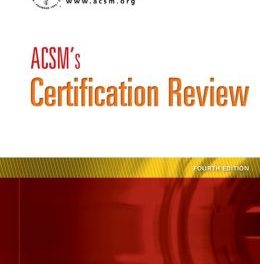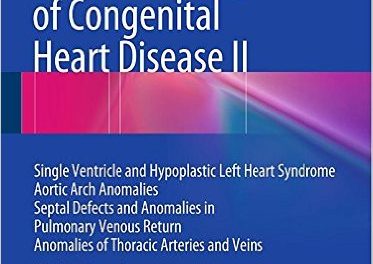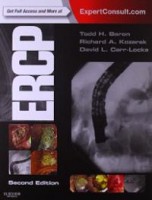 Editors: Todd L. Baron, Richard A. Kozarek, and David L. Carr-Locke
Editors: Todd L. Baron, Richard A. Kozarek, and David L. Carr-Locke
Publisher: Elsevier Saunders – 528 pages
Book Review by: Nano Khilnani
This book like other Elsevier books is mobile, searchable, and expandable. You can study smart with www.ExpertConsult.com. Go to the inside front cover of this textbook, scratch off the sticker and get the Activation Code. Then with that code, go and register and activate this title at Expert Consult. Once you have done this, you can:
• Access the full text online in searchable format through your computer or any Internet-ready device, download figures, images, and enjoy additional content. This book will now fit in your pocket on a smart phone or tablet, delivering information where and when you need it.
• Perform rapid searches on any topic.
• Search all Expert Consult titles you own.
• Link to PubMed abstracts for most biographical references.
This second edition of ERCP (with the first edition published in 2008) represents the combined work of 96 specialists mainly in the United States, but also in Asia (China, India, Hong Kong, Japan, Korea and Malaysia), Australia, Canada, Europe (Belgium, France, Germany, Italy, Netherlands and Spain), Mexico, and South America (Brazil and Chile).
They have contributed their expertise to this authoritative work covering myriad topics in 53 chapters in the field of endoscopic retrograde cholangio-pancreatography, or ERCP in short. All the material is organized under just three sections, named simply:
1. General Topics
2. Techniques
3. Approach to Clinical Problems
ERCP as a diagnostic procedure is relatively new or just about four and a half decades since its inception in 2008. Drs. Lee McHenry and Glen Lehman write in chapter 1 that it has been a ‘remarkable technological advance’ in the field of gastrointestinal endoscopy (which includes colonoscopy) which has “redefined the medical and surgical approach to patients with pancreatic and biliary tract diseases.”
They summarize the history of ERCP over the four decades spanning the 1970s to the 2000s in a box on page 3 of this book, naming significant advances in each period:
• 1970s: Diagnosis and Therapy – locating the ampulla; biliary and pancreatic cannulation; interpretation of cholangiography and pancreatography, identifying pathology; first reports of sphincterotectomy; developing the instruments: balloon e3xtraction of bile duct stones and stent placement.
•
• 1980s: Refinement and Reporting – refinement of accessories, improvements in radiographic imaging; reporting adverse events of sphincterotomy; biliary stent placement for obstructive jaundice and shift from palliative surgery; introduction of the teaching head: “seeing is believing”; acceptance of ERCP by the medical community, including the management of common bile duct (CBD) stones shifts from surgery to endoscopy; ERCP training gets its starts for physicians and ERCP nurses, including basic threshold numbers for competence.
•
• 1990s: Training and Expanding Therapy – more emphasis on advanced training; endoscopic photography and videography sharing images with others (including referring MDS, patients, and industry; comparison between procedures; and teaching and training); “theater presentations” of ERCP; therapy of pancreatic disorders, chronic pancreatitis, pseudocysts, and necrosis; era of laparoscopic cholecystectomy and bile duct injuries; safer sphincterotectomy: monofilament wires and computer-regulated blended content; self-expandable metal stents; and complementary pancreatobiliary techniques developed, such as EUS and MRCP.
•
• 2000s – Prevention, Pulverizing and Particular Pancreatic Diseases – pancreatic stents and pharmacologic agents for pancreatitis prevention; improved techniques for extracting of large bile duct stones (including papillary dilation, and single operator system for intraductal lithotripsy); intrapancreatic mucinous neoplasia (IPMN) and autoimmune pancreatitis (AIP) recognized; “hands-on” courses; and EUS and ERCP therapeutic interface.
This book is a great learning tool containing coverage of many topics in ERCP, and made more effective with the use of various graphics such as charts, images from endoscopies, photos of instruments and machines, and tables containing important points of information.
Drs. Todd L. Baron, Richard A. Kozarek and David L. Carr-Locke have produced an excellent resource for those who want to get into, or are already in the various medical specialties dealing with digestive diseases.
As an added benefit to you as the purchaser of this very valuable book, you can go to www.ClinicalKey.com which will provide you a faster and smarter search for better care of your patients. Unlike a conventional search engine, ClinicalKey is designed to serve doctors by providing three core components:
1. Comprehensive Content – the most current, evidence-based answers available for every medical and surgical specialty.
2. Trusted Answers – content supplied by Elsevier, the world’s leading provider of health and science information.
3. Unrivaled Speed to Answer – faster, more relevant clinical answers, so you can spend less time searching and more time caring for patients.
This book is
Todd H. Baron, MD, FASGE is a Professor of Medicine at the Division of Gastroenterology and Hepatology, and Director of Pancreaticobiliary Endoscopy at the Mayo Clinic in Rochester, Minnesota.
Richard A. Kozarek, MD, FASGE is Executive Director of the Digestive Disease Institute at Virginia Mason Medical Center, and Clinical Professor of Medicine at the University of Washington in Seattle, Washington.
David L. Carr-Locke, MD, FRCP, FACG, FASGE is Chief of the Division of Digestive Diseases at Beth Israel Medical Center, and Professor at the Albert Einstein College of Medicine in New York, New York.

